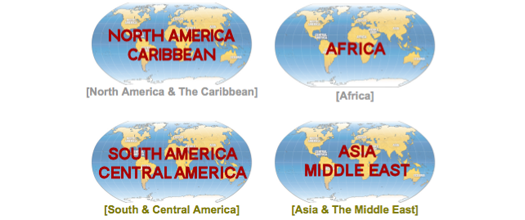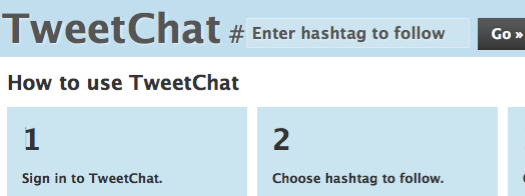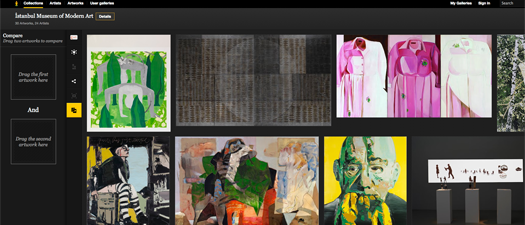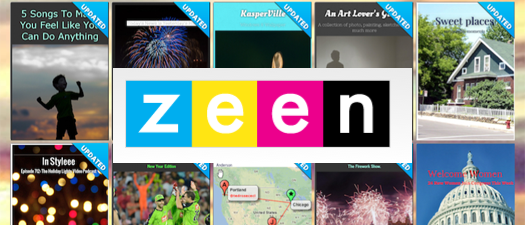by Connie Malamed, theelearningcoach.com
In The eLearning Coach New Year’s tradition, I’m presenting another list of compelling ways to learn online this year. Opportunities for learning seem limitless, applications get smarter and the content gets richer. I just hope we don’t all evolve into robot heads at some point. Enjoy! At the end you’ll find links to lists from the three previous years.
13 News Ways To Learn In 2013
1. Get Inspired by Great Speeches
 This collection of speech collections will thrill speech lovers as well as history buffs. You’ll find speeches from turning-point events, political addresses and great films. There are also memorable graduation speeches and those with religious themes. These speeches provide context for understanding culture and history. You can also study them to improve your own rhetorical skills.
This collection of speech collections will thrill speech lovers as well as history buffs. You’ll find speeches from turning-point events, political addresses and great films. There are also memorable graduation speeches and those with religious themes. These speeches provide context for understanding culture and history. You can also study them to improve your own rhetorical skills.
2. Research with Open Access Journals

If you don’t have access to a college library you can pay for online access to a journal database, make the trip to your nearest university or try this Directory of Open Access Journals first. You may be surprised at how many journals provide free access. For focused research or simple browsing, there’s much to learn through this site.
3. Publish Your Own Graphic Novel

Learn to write and design a comic book or graphic novel. Using Comic Master to create your online story, you’ll learn how to think through a script and to design each panel. Comic Master supplies the character art, backgrounds, captions, music and other elements you’ll need for your digital book. Even though the options are limited, remember that constraints are good for creativity.
4. Read Your Way Around the World

Expand your knowledge of current events and other cultures by reading newspapers from around the world. At onlinenewspapers.com you’ll find a comprehensive collection of digital newspapers organized by regions. From Madagascar to Hong Kong to Mexico, you’ll find more newspapers than you can manage. They are not translated, however, so you’ll need to know the native language or try using Google Translate.
5. Converse in Twitter Chats
Twitter Chats are scheduled online meetups that take place through Twitter. These group conversations can be surprisingly meaningful because they involve diverse participants and use a succinct format. Tools like TweetChat make Twitter Chats very easy. Participants use a specific hashtag to engage in the chat and TweetChat only delivers tweets using that hashtag. To find out more about learning-related and other Twitter Chats, check these out: LrnChat, Chat2Lrn, talktech, Wiki of Twitter Chats. If you have other suggestions, please add them in the Comments section.
6. Curate An Art Collection
Google Art Project: Istanbul Museum of Modern Art
Art lovers will swoon at the possibilities from Google’s Art Project, which presents over 150 art collections from 40 countries. First, you can explore and study over 30,000 works of art, which are organized by collection. Then you can create your own online gallery as well as view the gallery collections of others. Users can also magnify a work to see the brush-level detail. This site is a true visual feast and an astounding way to learn about art around the world.
7. Dive into Sound
Fulfill the auditory needs of your brain with SoundCloud. Here you can explore varied genres of music, news, podcasts and scores of other topics through audio channels. The only thing the sources have in common is they are based in sound. You can join and upload your original music, stories, interviews and thoughts. This is a fun place to learn!
8. Visualize Data

StatSilk publishes web-based and desktop visualization software to make “data analysis easy, efficient and enjoyable.” Since most of their software can be downloaded for free, you get the benefit of learning how to create interactive maps and visualizations. You can also dig deep into data, make comparisons and gain insights with Google’s Data Explorer, which provides access to public data sets. For making infographics: try out Piktochart and Ease.ly (learn how to make the real infographics–not posters).
9. Choose A Learning Channel
Just in case you forgot, YouTube isn’t all dancing babies (though they are cute) and geeks unpacking boxes of hardware. No, YouTube has some smart video channels. And you can find a long list of these on the site, Open Culture. Furthermore, YouTube has its own educational channel.
10. Master a Language
Can you hold conversations in several languages? If not, you might like Radio Lingua, where you can access short language lessons and listen on any device. They have a good selection of free materials as well as ones that are available for purchase. You can also find free language lessons at Carnegie Mellon’s Open Learning Initiative, BBC Languages, University of Cambridge Language Centre and in iTunes.
11. Ask a Knowledge Engine

Perhaps you’ve heard of Wolfram Alpha, but were confused by it’s goal of making “all systematic knowledge immediately computable and accessible to everyone.” I’ve been confused too, but this is one smart and fascinating knowledge engine. Use it to answer questions, analyze data, make comparisons, find statistics or to do math problems. It covers the sciences, mathematics, popular culture, music, sports and games, education, etc. Check out the Wolfram Alpha Examples page for use cases as well as this article, 10 Amazing Uses for Wolfram Alpha.
12. Publish a Magazine
There’s a lot of potential in Zeen, an online magazine publishing tool. Use it to curate content, share what you’re learning, where you’re traveling, what you’re cooking or what you’re thinking. You can publish weekly or monthly editions and of course, you can read what others are sharing and learn from them. The magazines allow for high-resolution photos, embedding video, and adding links to other articles.
13. Explore Maps Old and New

Maps bring us geography, history and culture. Travel back in time as you peruse beautiful old maps from some of these collections: University of Illinois for historical maps, How the World was Imagined, Panormaic Maps of Italian Cities and see the collection at Old Maps Online. When you’ve had enough of the ancient world, transport yourself to a current 3D map by downloading Google Earth.
Image attribution flickr user lindzgraham






